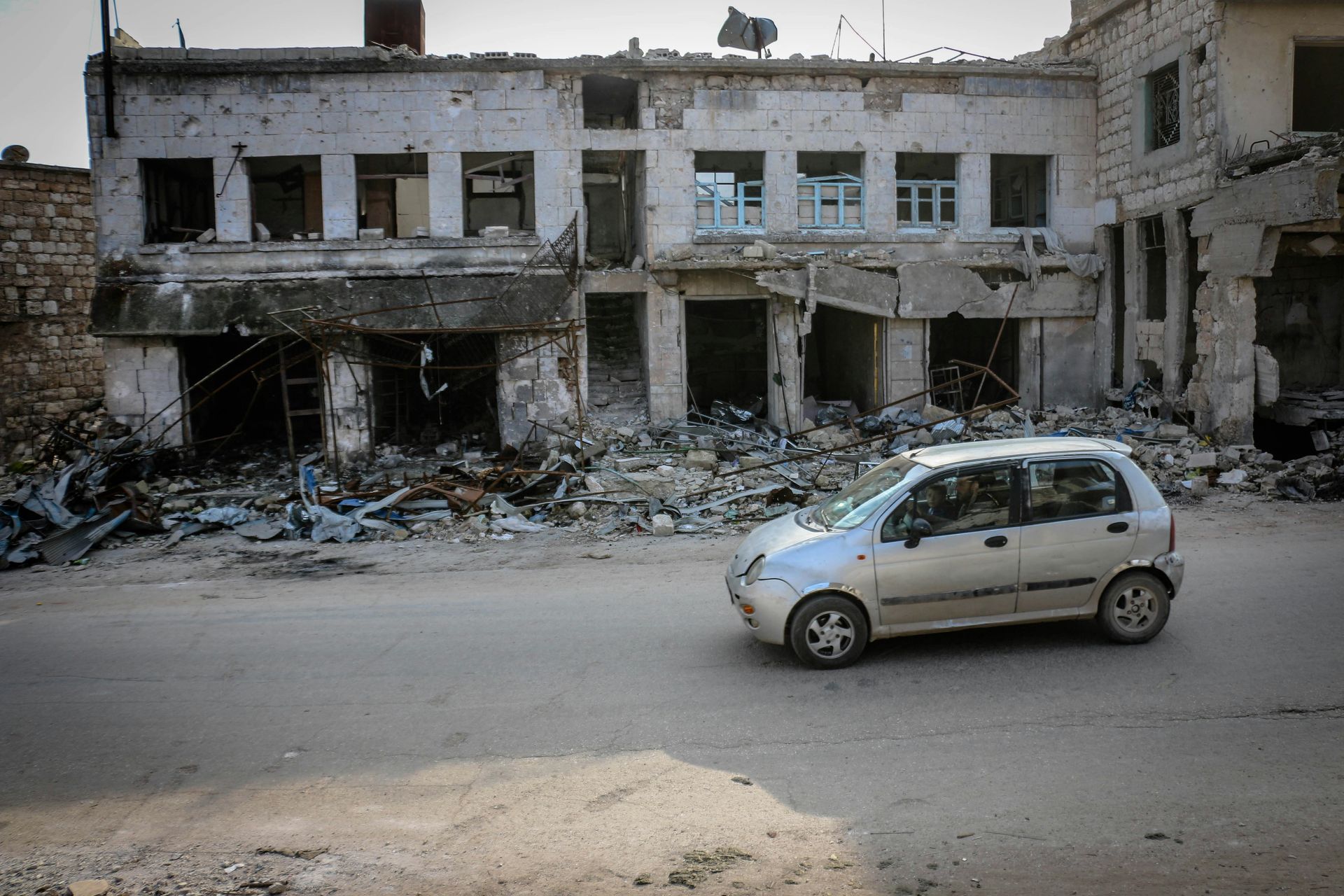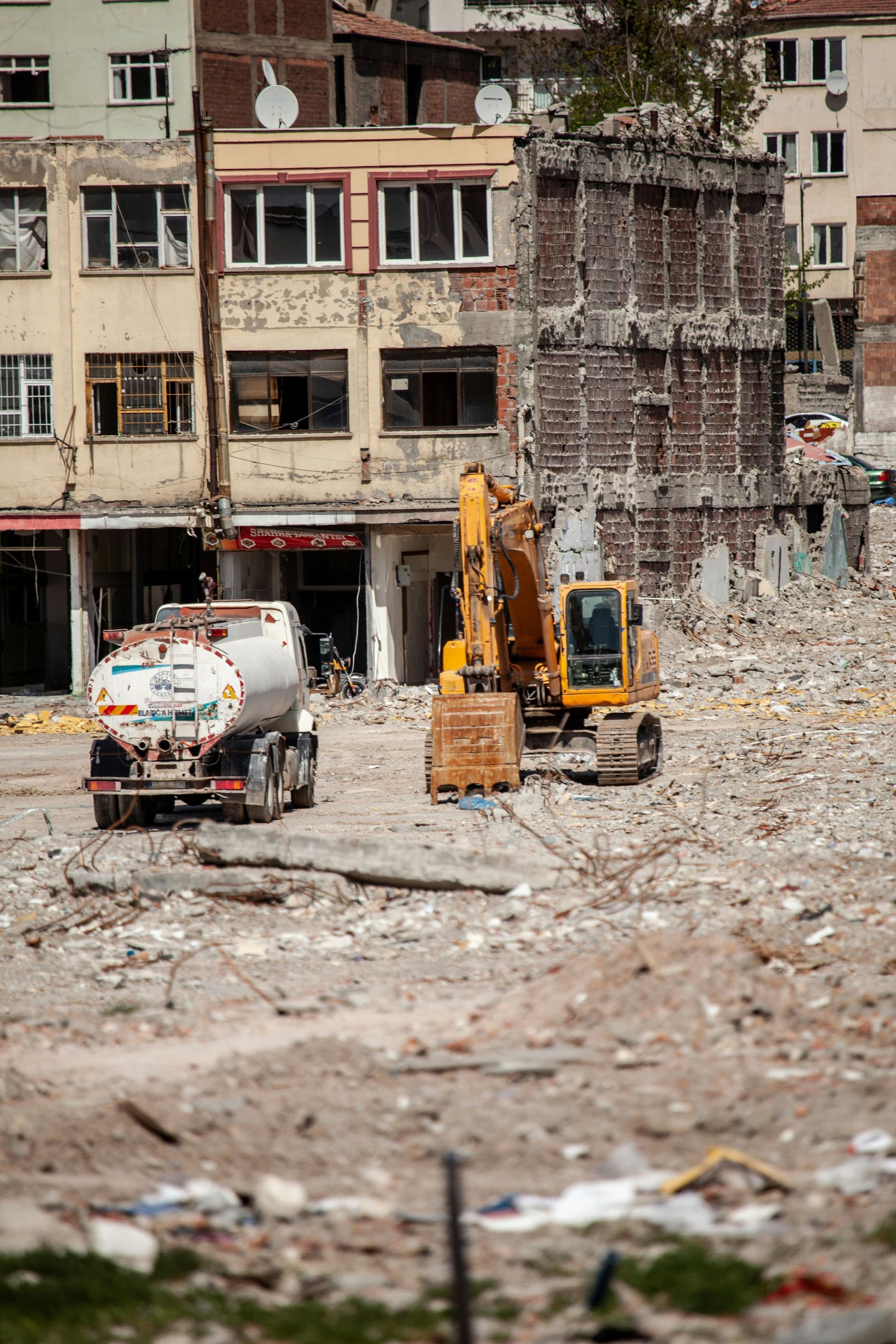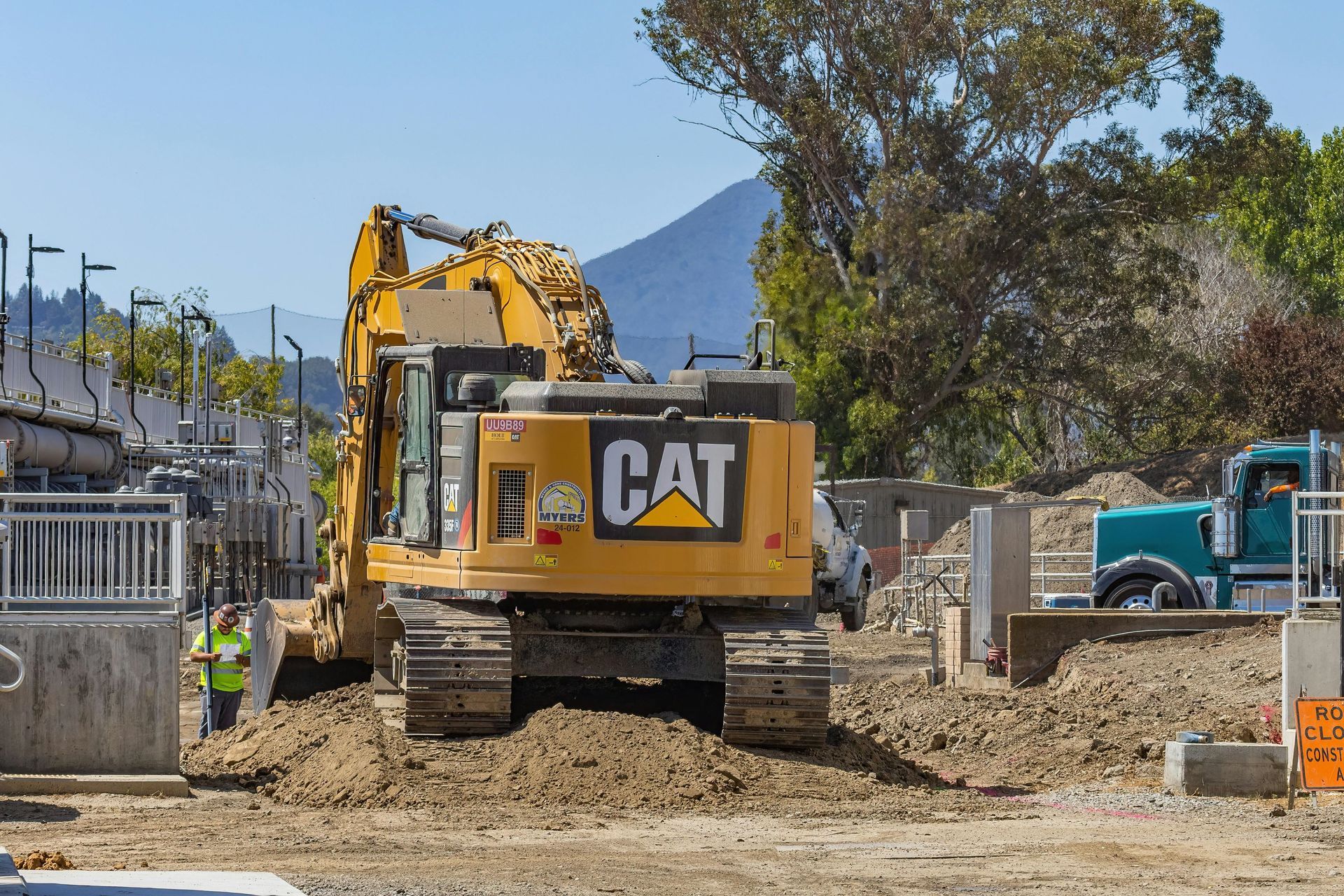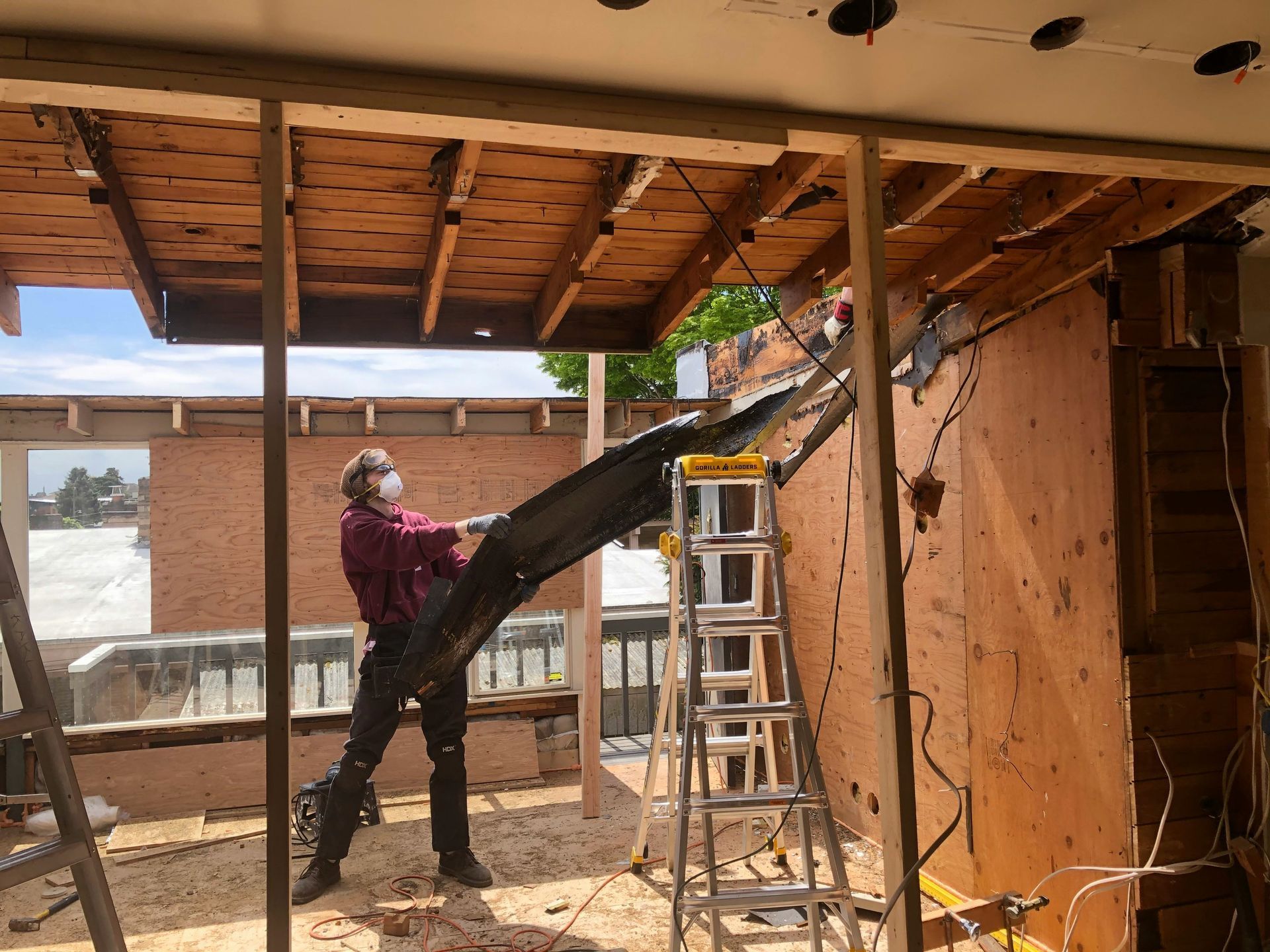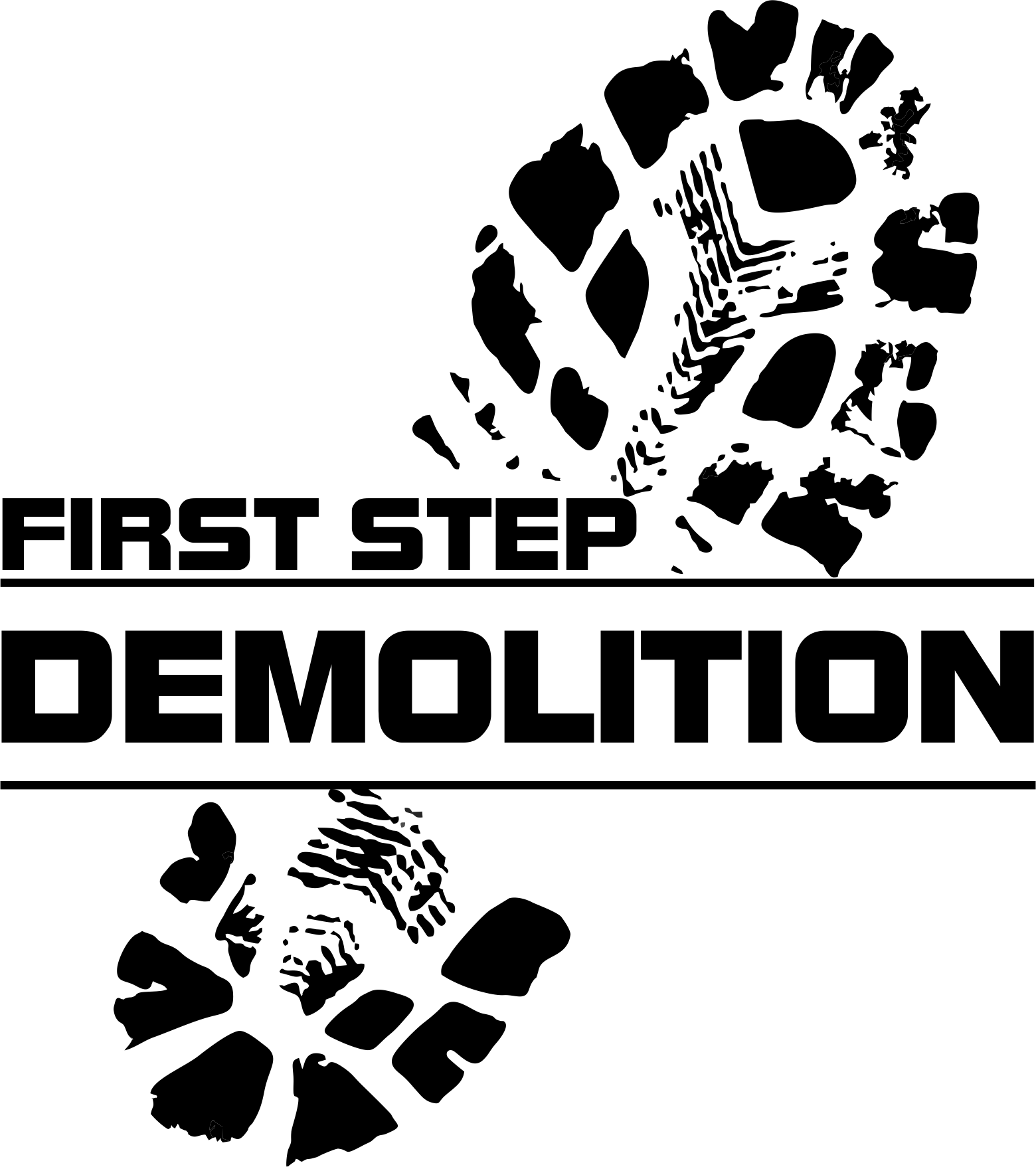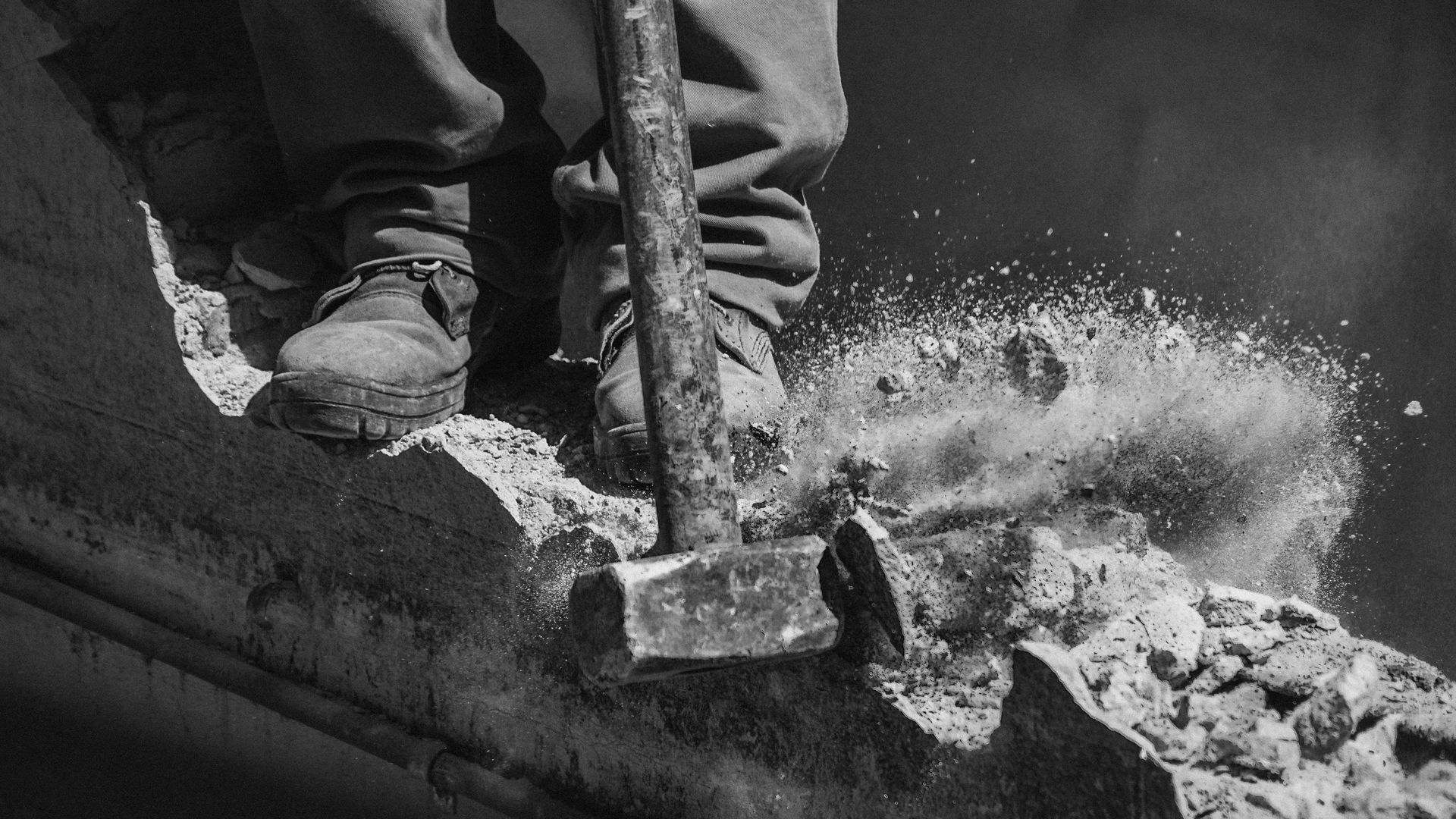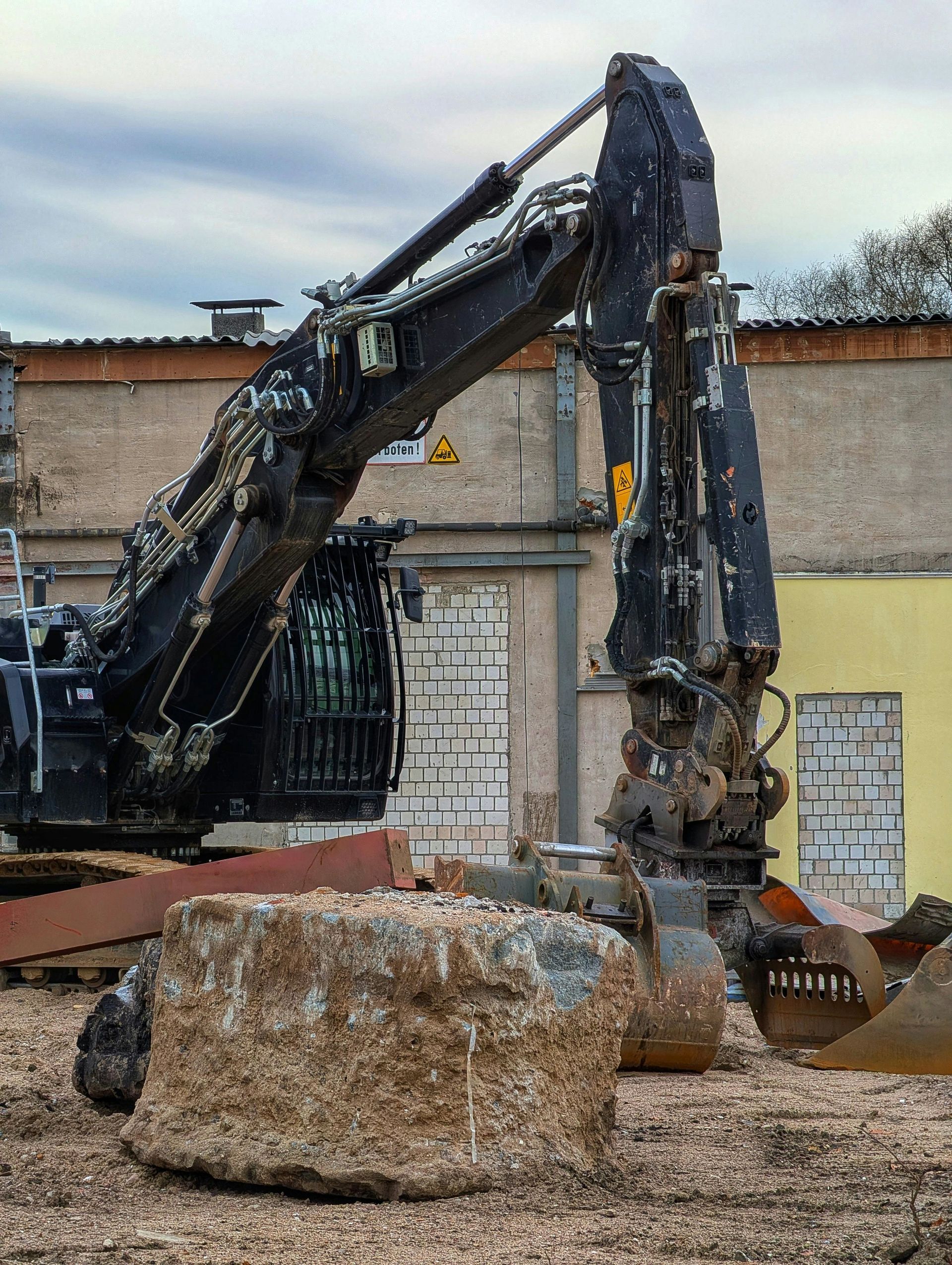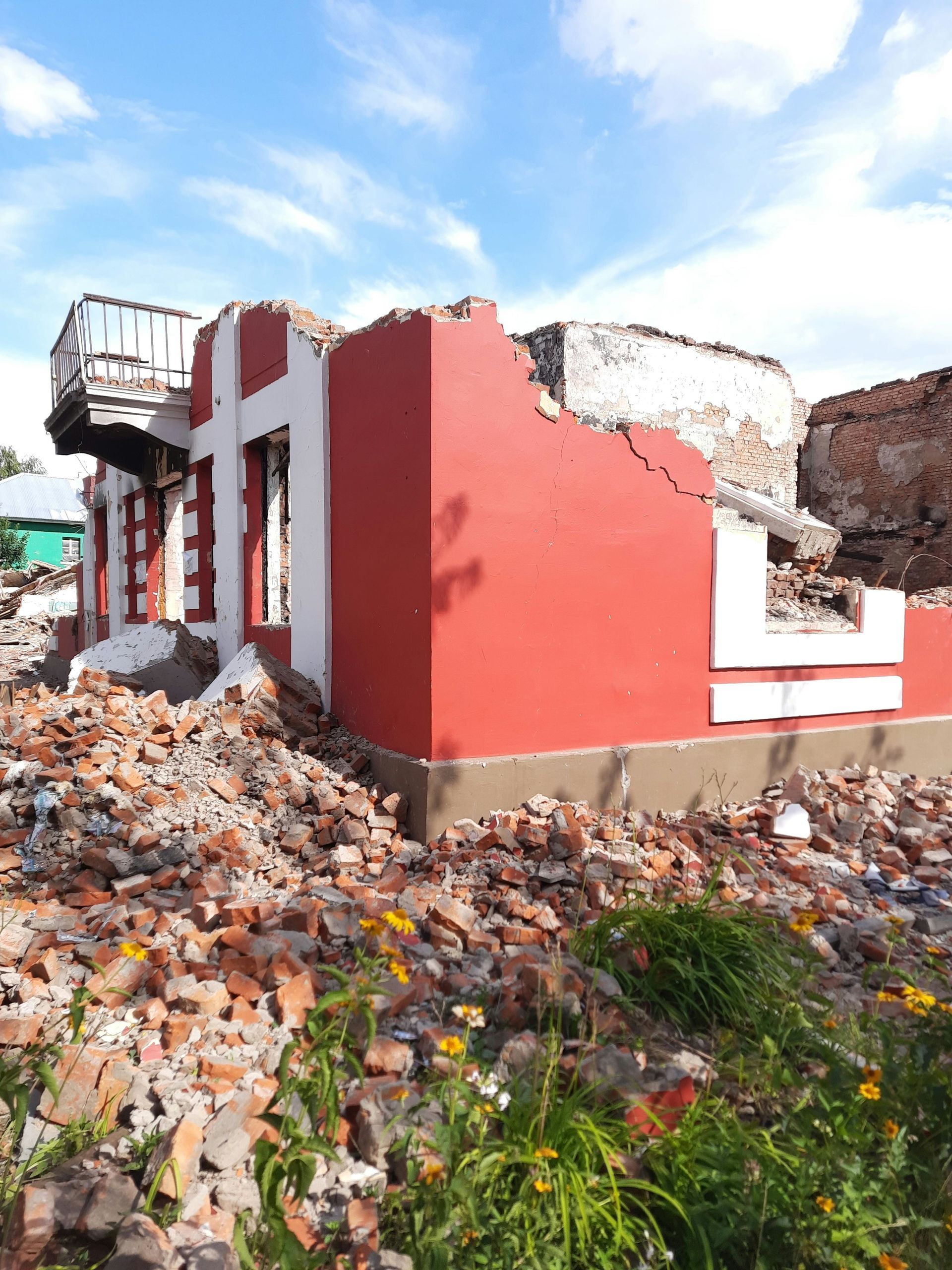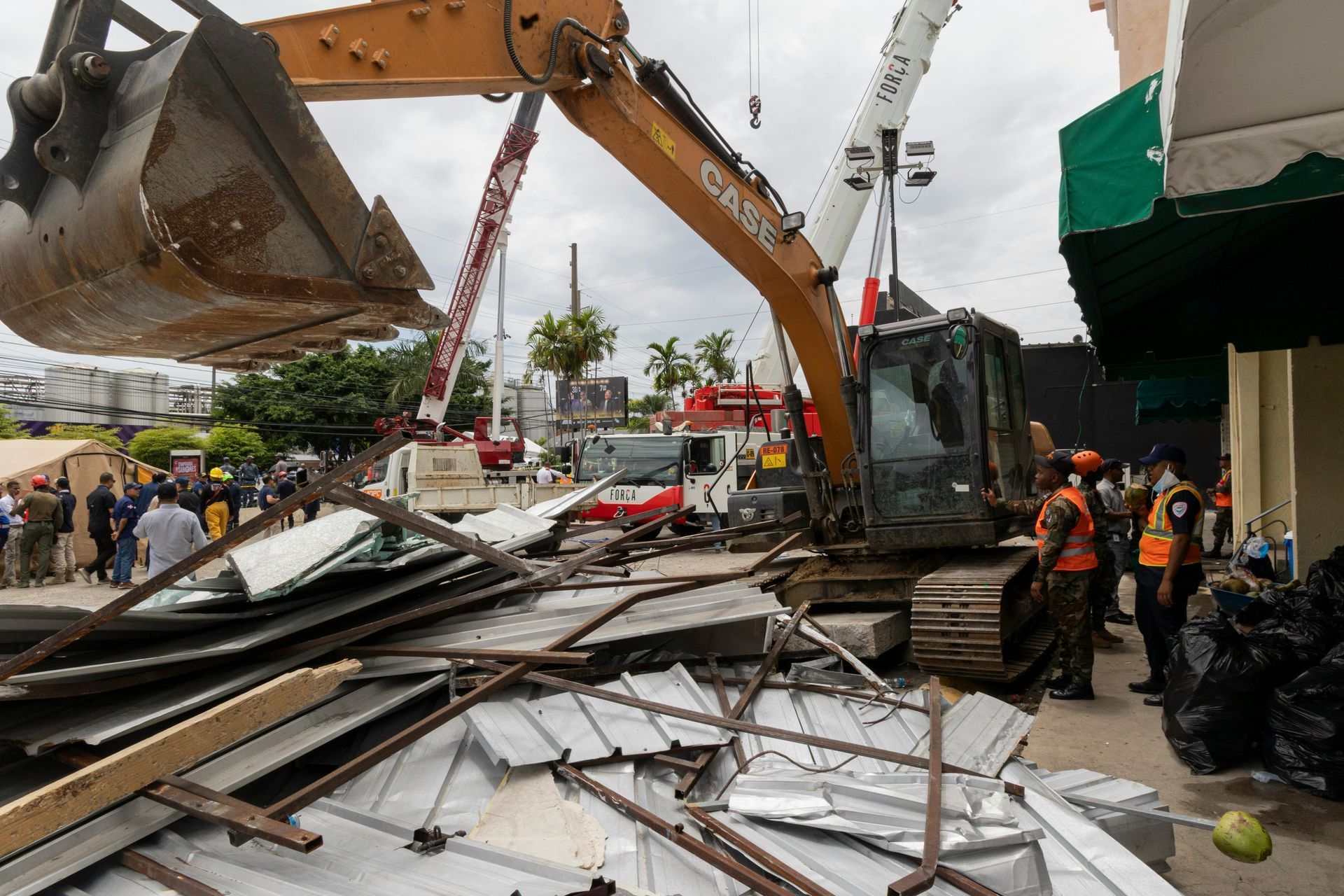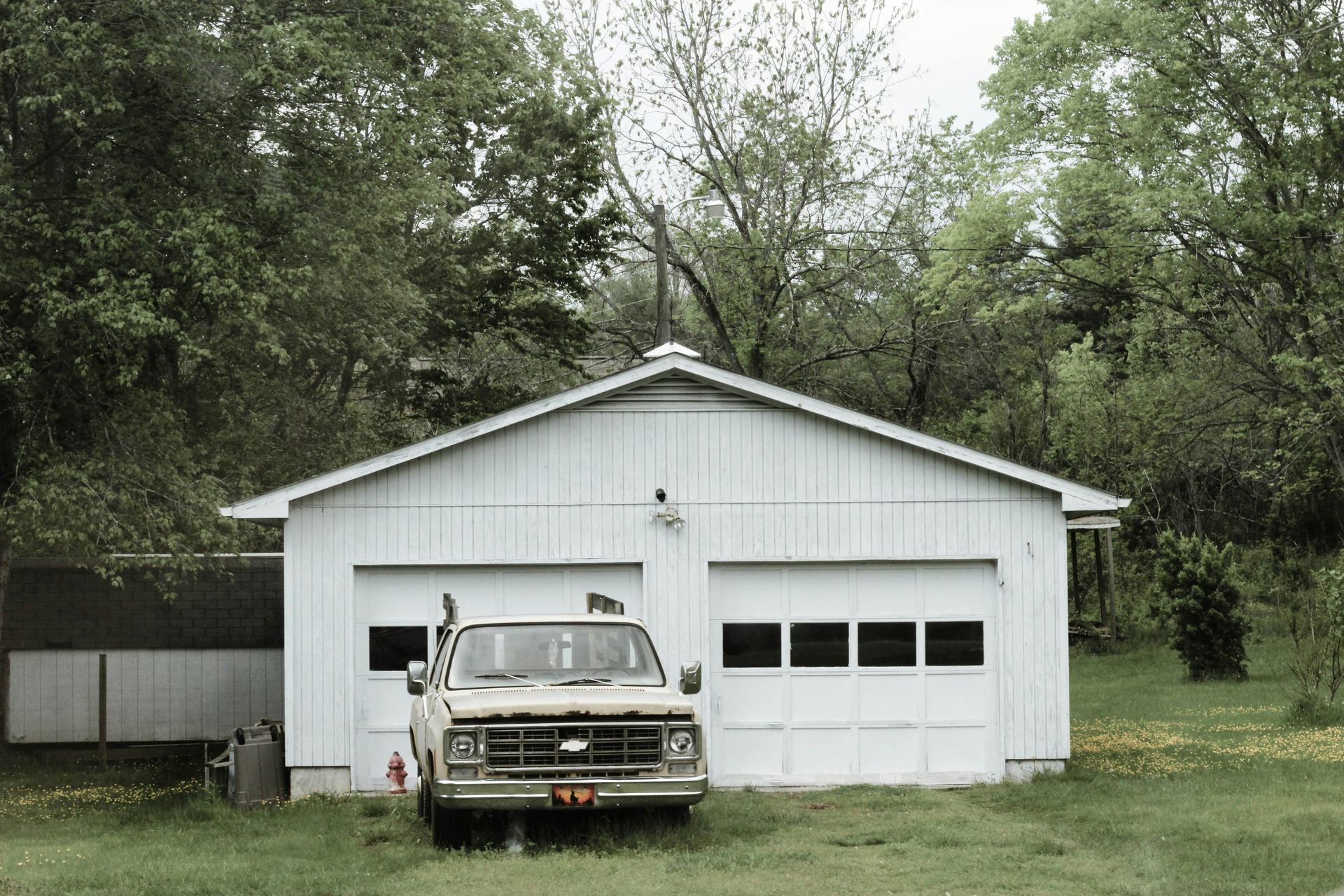Top Asbestos Myths People Sometimes Believe to be True
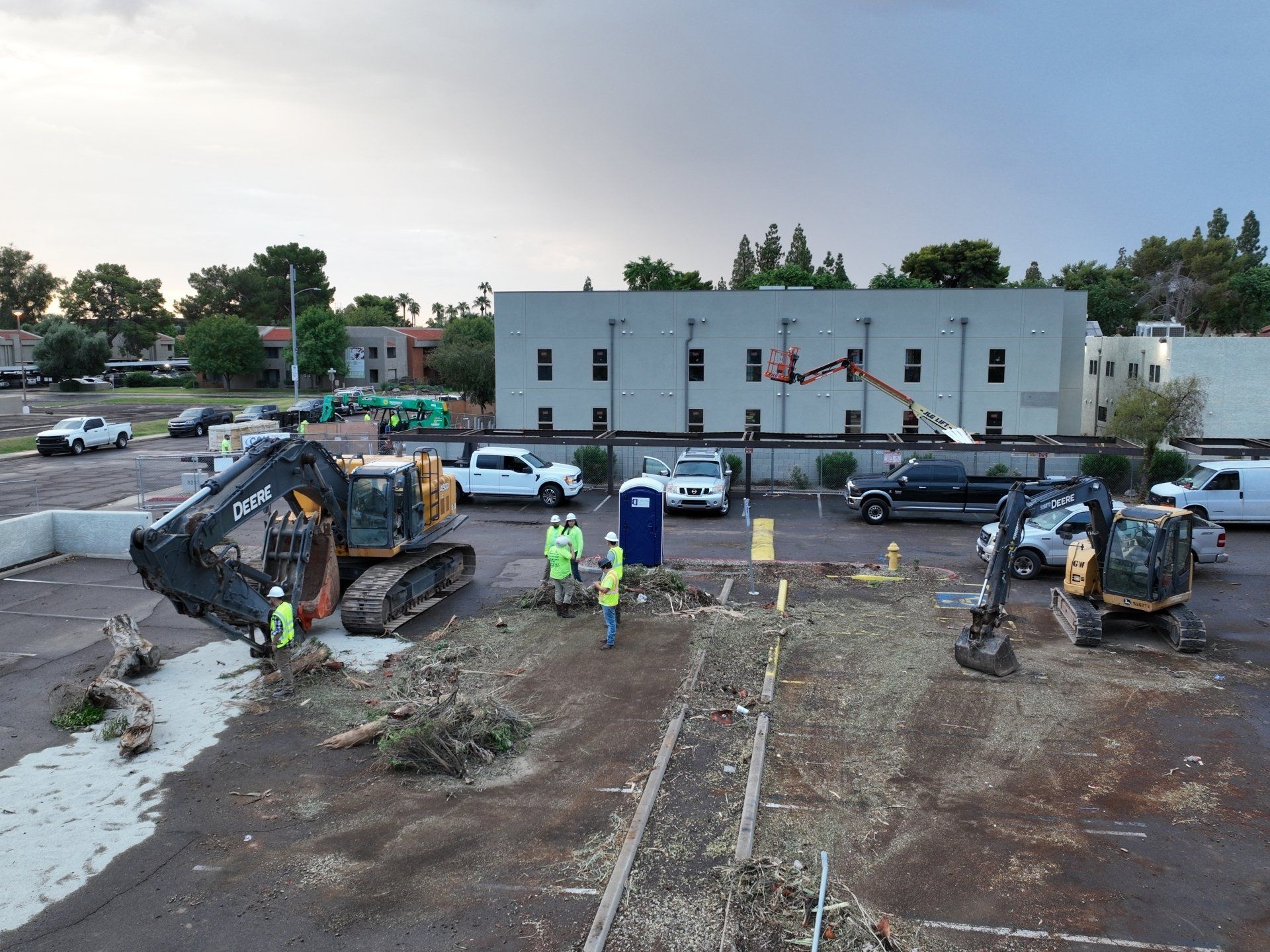
Asbestos Myths People Sometimes Believe to be True
Asbestos is a dangerous material that can cause serious health problems if you are exposed to it. Asbestos exposure is most commonly associated with workplace exposures, but it can also occur in the home. Asbestos is found in many different materials, including insulation, flooring, pipes, and siding. Asbestos exposure can occur when these materials are disturbed and fibers are released into the air. Asbestos exposure can also occur simply by being in close proximity to asbestos-containing materials. Asbestos exposure is a serious health hazard, and it is important to be aware of the risks.
Asbestos is a mineral fiber that has been used in a variety of building materials for insulation and fireproofing. Unfortunately, it can also be harmful to human health if inhaled. Because of this, there are many myths and misconceptions about asbestos floating around. In order to help you separate fact from fiction, we're going to dispel some of the top asbestos myths people often believe.
Top 9 Asbestos Myths People Sometimes Believe to be True
Myth #1: Asbestos is only harmful if it is airborne.
Fact: The truth is that all forms of asbestos are dangerous. Asbestos fibers can become airborne when materials containing asbestos are disturbed. Once inhaled, the fibers can lodge themselves in the lungs or other tissues and cause health problems. Asbestos exposure can also occur through skin contact.
Myth #2: Asbestos is only dangerous if it is friable.
Fact: All types of asbestos are dangerous if they are friable, meaning they can be crumbled by hand into fine powder. When this happens, fibers are released into the air where they can be inhaled by people nearby. Even non-friable asbestos materials can release fibers if they are damaged or degrade over time.
Myth #3: Removing asbestos is more dangerous than leaving it alone.
Fact: If asbestos-containing materials are left undisturbed in good condition, they pose little risk to human health. However, when these materials are disturbed or damaged, fibers can be released into the air where they can be inhaled by people nearby. Asbestos removal should only be performed by trained and certified professionals using proper safety equipment and procedures.
Myth #4: As long as you don't see any asbestos, you don't have to worry about it.
Fact: Asbestos fibers are too small to be seen with the naked eye. So even if you can't see any asbestos fibers in the air, they may still be present. Always assume that any building constructed before 1980 contains asbestos and take appropriate precautions accordingly. If you suspect that there may be asbestos in your home or workplace, have it tested by a qualified professional before disturbing it in any way.
Myth #5: Asbestos is only found in old buildings.
Fact: Another most common myth is that asbestos can only be found in old buildings. This myth is not only wrong, but they can also be dangerous. In reality, asbestos can be found in buildings of all ages. Asbestos may be present in any building built before the early 1980s, so it's important to be aware of the risks before undertaking any renovations. If you think you may have asbestos in your home or office, it's best to have it professionally removed by a trained and certified asbestos removal specialist.
Myth #6: You can't be exposed to asbestos if you don't work with it.
There are many myths about asbestos, and one of the most common is that you can't be exposed to asbestos if you don't work with it. This is simply not true. Asbestos exposure can occur in many different ways, and it is important to be aware of the risks. If you think you may have been exposed to asbestos, it is important to see a doctor as soon as possible. Asbestos exposure can cause serious health problems, and early detection is essential for treatment and prevention.
Myth #7: Asbestos causes cancer 100% of the time.
One of the most prevalent asbestos myths is that it always causes cancer. In reality, asbestos only poses a health risk if it is inhaled or ingested. As long as asbestos fibers are not disturbed, they will not cause any harm. However, when asbestos-containing materials are damaged or broken, the fibers can be released into the air and breathed in by people nearby. This is what leads to an increased risk of cancer. Asbestos is also sometimes mistaken for another material called vermiculite. While both materials can be found in insulation, vermiculite does not contain any asbestos fibers and is not dangerous. So, before you start tearing out your insulation, be sure to have it tested for asbestos first.
Myth #8 - There's nothing you can do to protect yourself from asbestos exposure.
Fact: This is probably the dumbest myth on the list, because this is completely false. There are a number of steps you can take to minimize your risk, such as avoiding disturbed areas where asbestos fibers may be present, using personal protective equipment when working with Asbestos-containing materials, and ensuring that your home or office is tested for Asbestos. By taking these precautions, you can help to keep yourself safe from Asbestos exposure.
Myth #9: You can't get sick from asbestos unless you breathe it in.
Fact: Another most common myth about asbestos is that you can't get sick from asbestos unless you breathe it in. However, this is not true. Asbestos fibers can be inhaled or ingested, and they can remain in the body for years. As a result, even low levels of exposure can lead to serious health problems. If you suspect that you have been exposed to asbestos, it is important to see a doctor as soon as possible.
Myth #10: White asbestos is the most harmful type of asbestos.
Fact: Another myth about asbestos is that white asbestos is more dangerous than other types of asbestos. However, all types of asbestos are equally hazardous, and there is no safe level of exposure to asbestos fibers. If you suspect that you may have been exposed to asbestos, it is important to seek medical attention as soon as possible and to talk to a qualified lawyer who can help you understand your legal rights and options.
Conclusion
Asbestos is a dangerous material that should be avoided, but the myths about its dangers have caused many people to avoid it without proper knowledge. By understanding the truth about asbestos, you can make informed decisions about whether or not to work with this material. It would be advisable and safer to let the professionals deal with asbestos.
Are you afraid of asbestos? You're not alone. Many people are frightened of this dangerous material, but they don't know the truth about asbestos. By understanding the myths about asbestos, you can make informed decisions about whether or not to work with this material. At First Step Demolition, we want to help you understand the dangers of asbestos and how to protect yourself from exposure. We offer a variety of services to help you safely remove this hazardous material from your home or office.
Contact us today
for more information.
